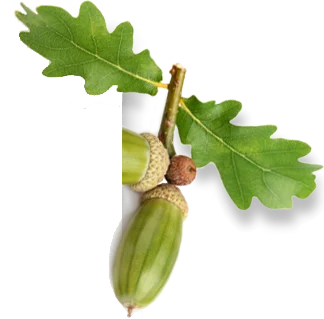Southern England and Wales

WE SPECIALISE IN THE RESTORATION OF THE FOLLOWING TYPES OF WOOD FLOORING:
There are several important aspects in the sanding of solid wood flooring that we would consider - overall thickness, unevenness and board type - square shouldered or micro bevelled. These would determine the number of times the floor can be sanded, the severity of the sanding required and in the first instance whether a belt sander needs to be used or the floor can renovated with less aggressive methods.
The life of a wooden floor is directly related to the number of times it can be sanded which depends generally on how thick the floor is. Generally, an aggressive sanding is only required once or twice. Most modern floors are tongue and grooved and they can be sanded down to two or three millimetres above the tongue - in reality this means they can take three to four proper belt sands.
We are always considerate as to how deep the sanding needs to be and would never sand deeper than absolutely necessary. Common sense and experience is all it takes to ensure that a floor is not damaged through unnecessarily aggressive sanding.
It is important to stress that by engineered flooring we mean 20/21m thick floors.
How many times can an engineered wooden floor be sanded? Proper tongue and grooved engineered floors can be sanded in much the same way as solid wood floors as their 6mm solid surface layer provide all the necessary thickness, three to four full belt sands should be possible.
We would naturally always assess the overall thickness and the thickness of the solid top layer of a floor prior to sanding and advice of the best plan of action accordingly.
Certain floors with very thin solid layers (1mm -3mm) cannot be aggressively belt sander but instead just surface polished with an orbital sander.
As engineered floors are still a relative novelty, the vast majority have not come up for sanding yet and many will potentially present a number of challenges in the next decade when they start to wear and need restoration - here we mostly envisage the huge number of thin, 14mm engineered click system floors that are difficult or impossible to sand.
Parquet is usually 20mm thick tongue and grooved blocks and as such the sanding processes are very similar to solid/engineered wood floors. Older blocks tend to generally be thicker (up to 2") and square edged (no tongue/groove) which makes them very durable as they can be sanded many times.
Herringbone parquet floors often more undulated than plank flooring and needs several runs on a rough grit with the belt sander just to get them flat.
There are many different laying designs and patterns built from parquet blocks, they are sanded in much the same way as the traditional herringbone.
In the 60`s and 70`s, thinner 15mm parquet blocks were quite popular. They were still tongue and grooved though and leaves very little above the tongue requiring extra careful approach to sanding as usually one or two sands is all they can take.
Mosaics parquet was were very popular during the house building boom of the 60`s and 70`s and were fitted as standard on the ground floor in many new built properties. They are usually made of squares of five small rectangular blocks forming a mosaic of opposite running squares, there were also a limited number of patterns with three or four blocks in a square.
Mosaics parquet is usually 9mm thick and allows for a few proper sanding jobs. Most lie hidden beneath carpets and will have never been sanded before.
We are experts in repairing and sanding mosaics parquet in walnut, oak, teak and mahogany.
Very old floors are usually uneven with often large discrepancies between the individual blocks/boards and we would normally employ less aggressive sanding methods which would involve the use of an orbital sander, gently polishing and cleaning the surface without sanding anything off.
This means that often the original treatment, or the regular polish, would not be removed entirely in which case the original sealant, or compatible sealant would have to be used to finish the restoration.
When sanding of stairs (steps and risers) is concerned, in the first instance we would assess whether it is both possible and sensible. Often old pine staircases are covered in multiple layers of paint penetrating into the grain thus making it impractical to sand as the result is difficult to predict. The successful restoration of a staircase therefore depends very much on the condition of the staircase in question.
Stairs restoration does also involve significant amounts of dust due to the equipment that can be used for the job so we would take steps to sheet off as much as possible to protect the rest of the house.
Attention to detail and dedication to quality are an absolute must in the restoration of old staircases.